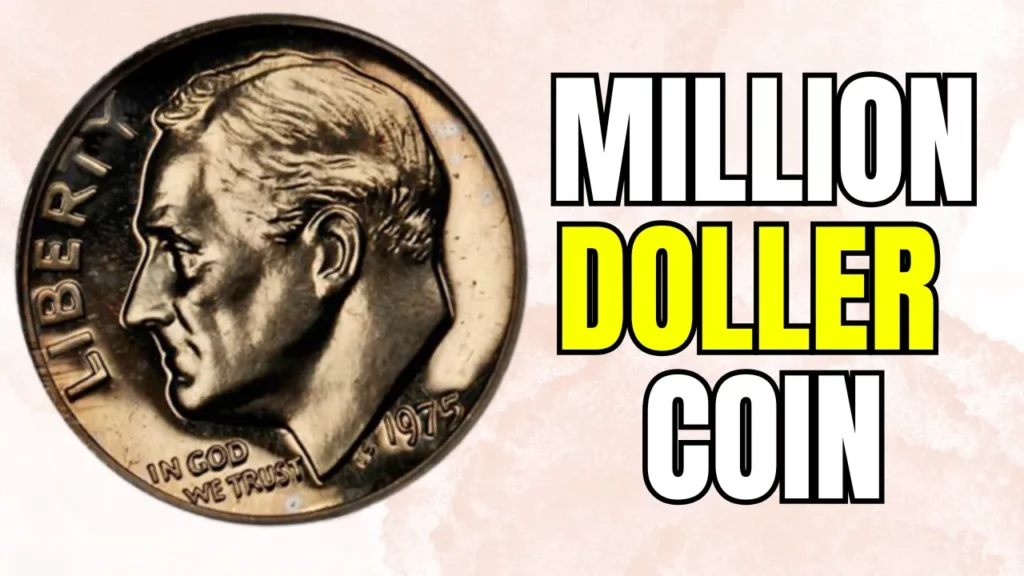Could Your Pocket Change Be Worth a Fortune?
Have you ever thought about the value of those coins jingling in your pocket? While most quarters are only worth their face value, some rare gems could be hiding in plain sight, worth hundreds or even thousands of dollars. Whether you’re a casual coin collector or someone who hasn’t given much thought to spare change, it’s time to take a closer look. Here are three rare quarters you might already own without realizing their true value.
1. 1932-D Washington Quarter: A Piece of History
The Story Behind Its Rarity
The 1932-D Washington Quarter holds a special place in American numismatics. Introduced to commemorate George Washington’s 200th birthday, this coin marked the start of the iconic Washington quarter series.
Why It’s So Valuable
With a mintage of just 436,800 coins in Denver, this quarter is one of the lowest-mintage coins in the series. Its scarcity has made it a prized possession for collectors, with even well-worn versions commanding significant value.
Estimated Value
- Circulated condition: $100 to $500
- Uncirculated condition: Up to $5,000 or more
How to Identify It
Flip the coin over and look at the base of the eagle on the reverse side. If you spot a small “D” mintmark, you could be holding a valuable treasure.
2. 1970-S Proof Quarter with a Doubled Die Obverse
What Makes It Special
This quarter is a proof coin, meaning it was struck with extra care for collectors. However, a minting error resulted in a “doubled die obverse,” where the design appears doubled on parts of the coin.
Why Collectors Covet It
Proof coins are already rare, and finding one with an error like this is even rarer. The doubling is most noticeable on inscriptions such as “LIBERTY” or “IN GOD WE TRUST,” giving the coin a unique appeal.
Estimated Value
- Proof condition: $1,500 to $3,000, depending on the clarity of the doubling.
How to Spot It
Use a magnifying glass or jeweler’s loupe to inspect the inscriptions on the obverse side. If the letters appear doubled, you’ve discovered something special.
3. 1999 Delaware Quarter with the Spitting Horse Error
The Unusual Minting Mistake
Part of the 50 State Quarters series, the 1999 Delaware quarter gained fame for an error known as the “Spitting Horse.” This happens when a die crack on the reverse side makes it look like the horse is spitting.
Why It’s Collectible
Error coins always draw attention, and the Spitting Horse is one of the more well-known and playful anomalies. Its unique appearance makes it a favorite among collectors.
Estimated Value
- Circulated condition: $20 to $75
- Uncirculated condition: $100 or more
How to Identify It
Examine the horse’s mouth on the reverse side of the coin. If you see a raised line extending from its mouth, you’ve found this quirky and valuable error.
Tips for Spotting Rare Quarters
- Pay Attention to Mintmarks
Mintmarks, such as D (Denver), S (San Francisco), or P (Philadelphia), reveal where a coin was produced. These small details can make a big difference in value. - Inspect Coins Under Magnification
A magnifying glass or jeweler’s loupe can help you spot subtle details like doubling, die cracks, or other minting errors. - Preserve Coin Condition
Coins in better condition are worth more. Avoid cleaning your coins, as this can damage their surfaces and reduce their value.
Why You Should Check Your Change Today
Most people overlook the coins they handle daily, unaware that they could be holding a piece of history worth a small fortune. Whether it’s the historic 1932-D Washington Quarter, the error-laden 1970-S Proof Quarter, or the playful 1999 Delaware Spitting Horse, these rare finds prove that knowledge and attention to detail can turn ordinary pocket change into an extraordinary discovery.
So, the next time you check your coins, don’t dismiss them as just spare change. Who knows? You might just stumble upon a hidden treasure!





